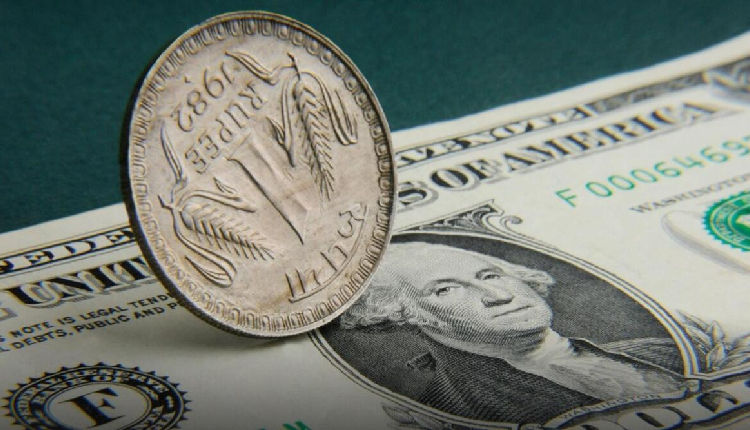The Indian rupee hit a new all-time low on Monday, with its largest single-day decline in almost two years due to a strong US dollar, potential outflows from local equities, and minimal central bank intervention.
The rupee fell to 86.5750, down 0.7 per cent on the day, hitting its lowest level since February 2023. The currency has dropped over two per cent since December due to concerns about India’s slowing growth and expectations of a central bank rate cut in February.
“The rupee’s slide can continue for some time as negative factors have stacked up quite a bit unless the central bank announces some measures,” said Anshul Chandak, head of treasury at RBL Bank.
Chandak believes the rupee will reach the 87 mark soon and expects the RBI to use its reduced reserves carefully.
India’s foreign exchange reserves fell to $634.6 billion in the week ending January 3, marking a decrease to a level not seen in over 10 months. This is a $70 billion drop from the peak reached in late September.
According to Nomura’s calculations, the country experienced the largest decrease in FX reserves in Asia in December. To curb the rupee’s depreciation, the RBI has been actively selling dollars in both the spot and forward markets.
Traders noted that the RBI sold dollars on Monday, although not as aggressively as in previous instances of significant rupee depreciation.
The rupee’s decline is consistent with other Asian currencies, which were facing challenges as the dollar index reached a more than two-year high.
Attribution: Reuters
Subediting: Y.Yasser



